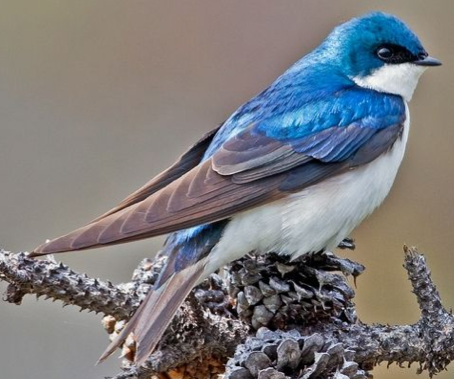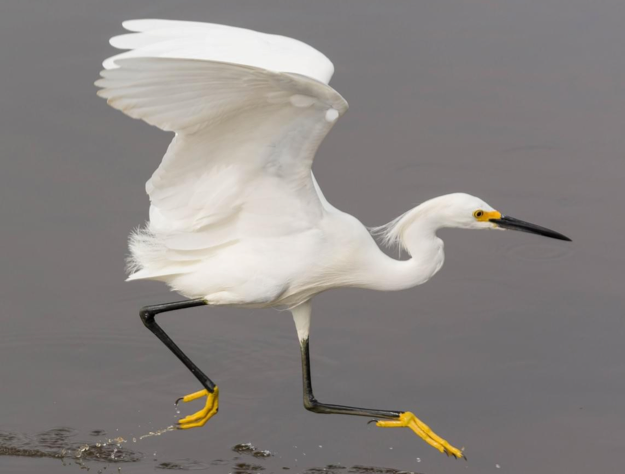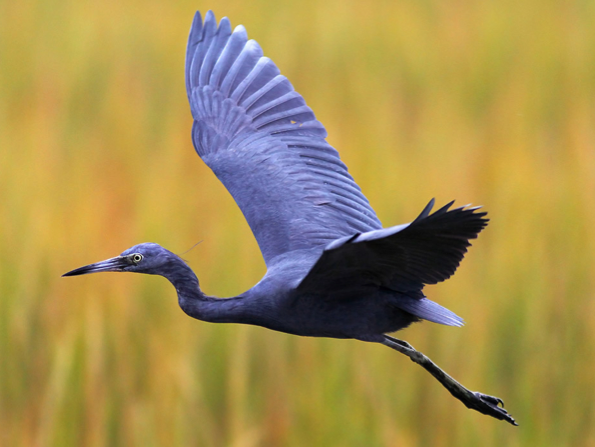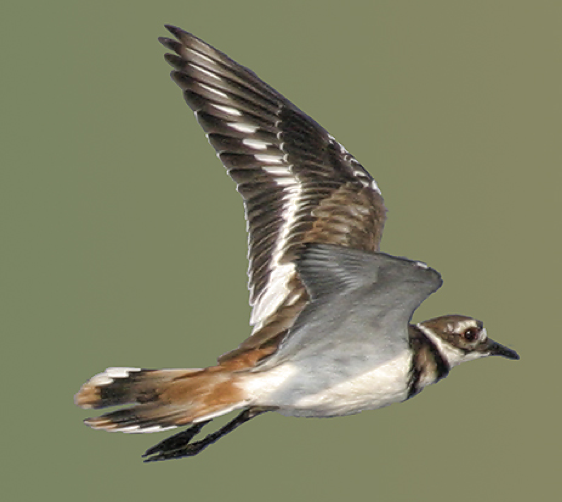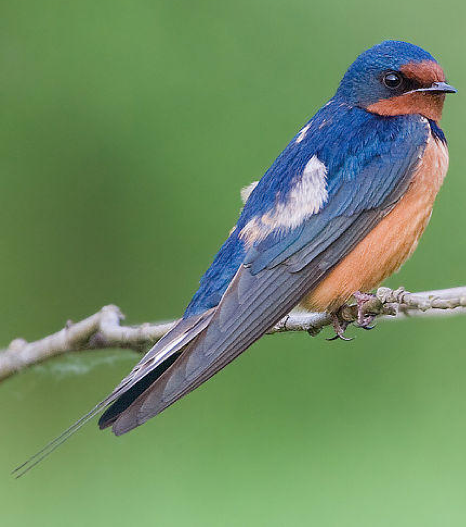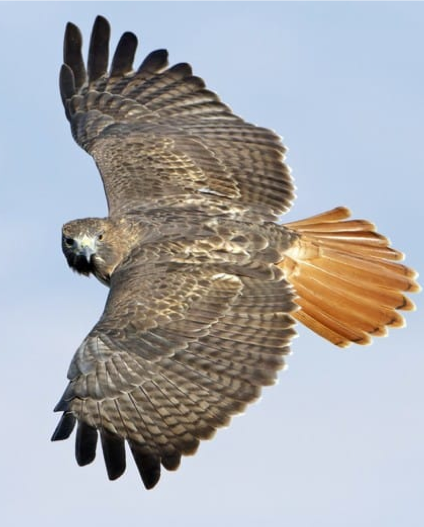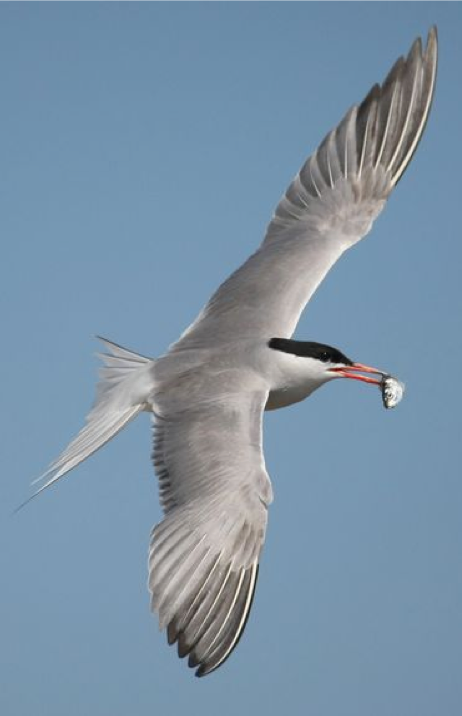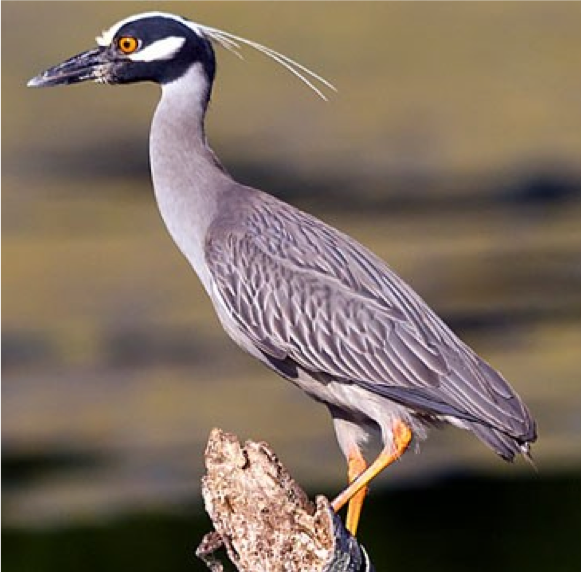Tree Swallow (Tachycineta bicolor)
Appearance:tiny bill, long wings, white underside, short squared tail; males (left) have cobalt blue backs, black wings and tail; females (right) have gray feathers with a blue hue on back Length:4-6 inches ( about .5 foot) Wingspan: 12-14 inches (about 1 foot) Status:common, but populations declined 49% 1966-2014 Threatened by deforestation and insecticide use Habitat…

